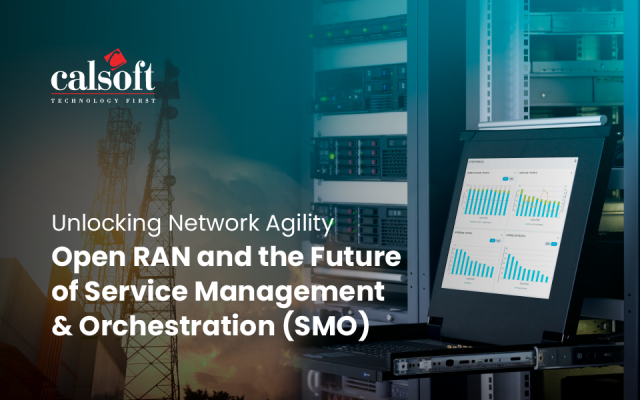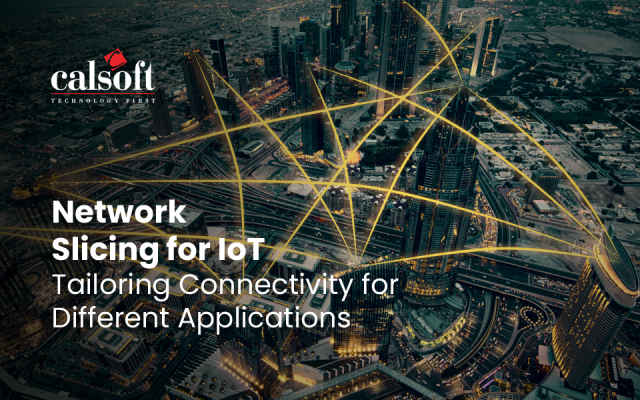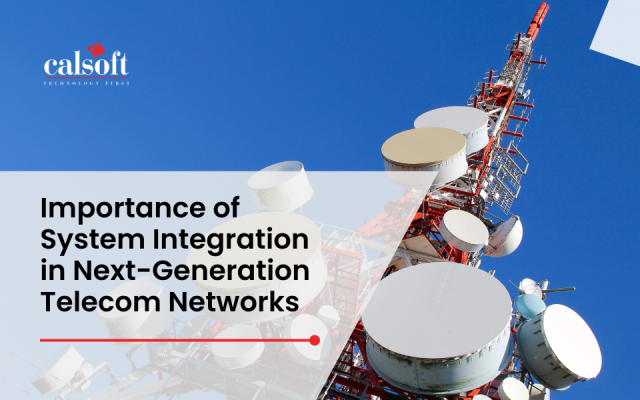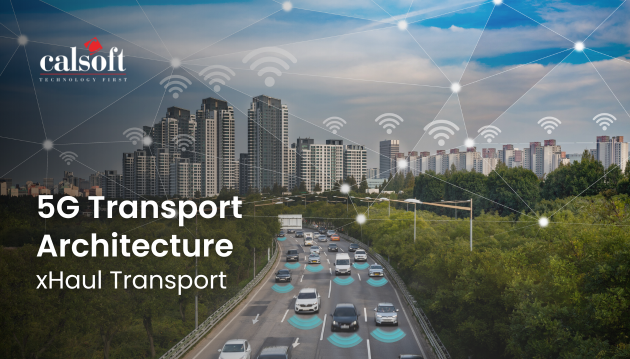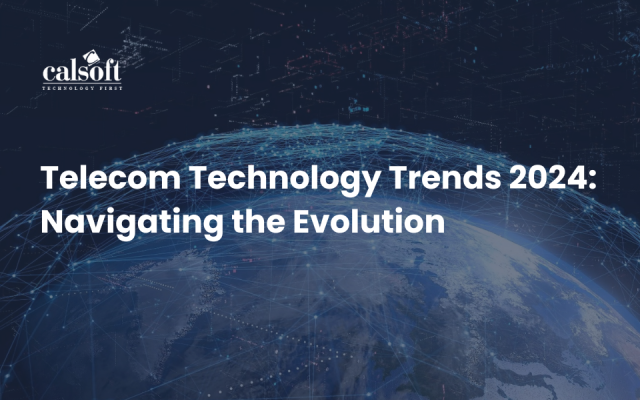As more and more data gets generated from smart devices, IoT sensors, and connected equipment, there is immense pressure on organizations to be able to process this data immediately. Sending this data to a central cloud hub for processing and analysis is not only time-consuming; poor bandwidth and connectivity issues can impact the accuracy and timeliness of insights. Therefore, organizations are increasingly looking at adopting Edge technology to enable processing where the data is generated.
What makes Edge so relevant in 2021
The pandemic has made digitization a pivotal trend; an increasing number of organizations today are looking to digitize to a great extent: to remodel how their businesses operate, how they interact with customers, and how their supply chains work. But despite relentless efforts towards digital transformation, data analysis has always proven to be a stumbling block.
Although the cloud offers capabilities that make data processing far more effective, the disadvantages that centralized computing carries with it are significant. With market volatility at its peak, such centralized computing adds unnecessary delay and latency to the decision-making process. These challenges demonstrate the growing need for Edge computing as a great alternative to cloud computing.
By decentralizing the task of data processing and carrying it at the Edge of the network or the device where it is generated, Edge computing makes it easy for organizations to quickly analyze data-intensive and latency-sensitive applications. Since the technology shifts the process of analysis close to the data source, it reduces the amount of traffic in the network – thus allowing for quicker and faster insights and action. This also helps control network costs and reduces the vulnerability of data in motion.
Technologies that complement Edge
With the world beginning to warm up to the ubiquitous implementation of intelligent systems, Edge computing makes it easy for organizations to deal with the growing volumes of data and subsequent strain on network bandwidth in a scalable and sustainable manner. As the race towards Edge intensifies, several technologies are facilitating the widespread adoption of Edge.
- Kubernetes: Kubernetes has become an integral part of digitally transforming enterprises, being used in 59% of data centers today. It improves resource utilization, brings agility in the software development lifecycle, and is a perfect match for an Edge. For applications and devices that need dynamic orchestration or abstraction and centralized management of workloads, Kubernetes is the perfect go-to platform; deploying and testing Kubernetes at the Edge offers a great amount of flexibility and orchestration, allowing organizations to seamlessly manage Edge resources, easily scale-out, and extend applications being developed.
- Cloud: Almost every organization today has embraced the cloud to some degree, Edge technology perfectly complements cloud capabilities. Although Edge solves most of the problems associated with latency and bandwidth, not all data that is generated by sensors and devices needs to be processed at source; a lot of it also needs to be sent to the cloud for future processing and storage, making the cloud a significant supporting partner. Together, they can provide the best of both worlds: decentralized local processing that reduces the strain on networks and centralized data storage data, backup, and remote access.
- IoT: If there is one technology that has caused Edge adoption to skyrocket, it is IoT. With connected devices generating vast amounts of data – as massive as 4 zettabytes by 2025, – that need to be analyzed quickly and efficiently, Edge paves the way for instantaneous decision-making. Using Edge, an organization can process all the data where it is generated, at the Edge of the IoT device. At the same time, Edge computing can decrease the number of sensors and actuators connected to the internet, reducing the amount of sensitive and private information that travels through the network and minimizing the potential attack surface for security attacks.
- AI: AI will also go hand-in-hand with Edge computing. As data generations on the boundaries of the network scale, it will become necessary to provide intelligent data processing to improve the decision-making quality and the processing speed as well as reduce the load of raw data going to the cloud. Together, Edge and AI will have the power to learn and create unique and localized insights on the Edge – causing the edge AI software market to reach $1.12 trillion by 2023.
- 5G: The emergence of 5G technology offers several promises for Edge computing – especially about the drastic reduction in latency. Although 5G is poised to offer high-speed networking capabilities, when complemented by Edge computing, it will significantly improve the performance of applications and enable huge amounts of data to be processed in real-time. In the healthcare sector, for instance, Edge and 5G will make it extremely easy for doctors to have situational awareness of a patient being brought to the ER via high-quality 5G streaming of patient condition and real-time processing of associated data at the Edge.
With more than 50% of enterprise-generated data expected to be created and processed outside the traditional data center or cloud, the rate of Edge adoption is extraordinary. Given the growing data processing needs of organizations, Edge, together with technologies like cloud, Kubernetes, IoT, AI, and 5G is set to revamp the face of data processing and analysis in the coming years.


